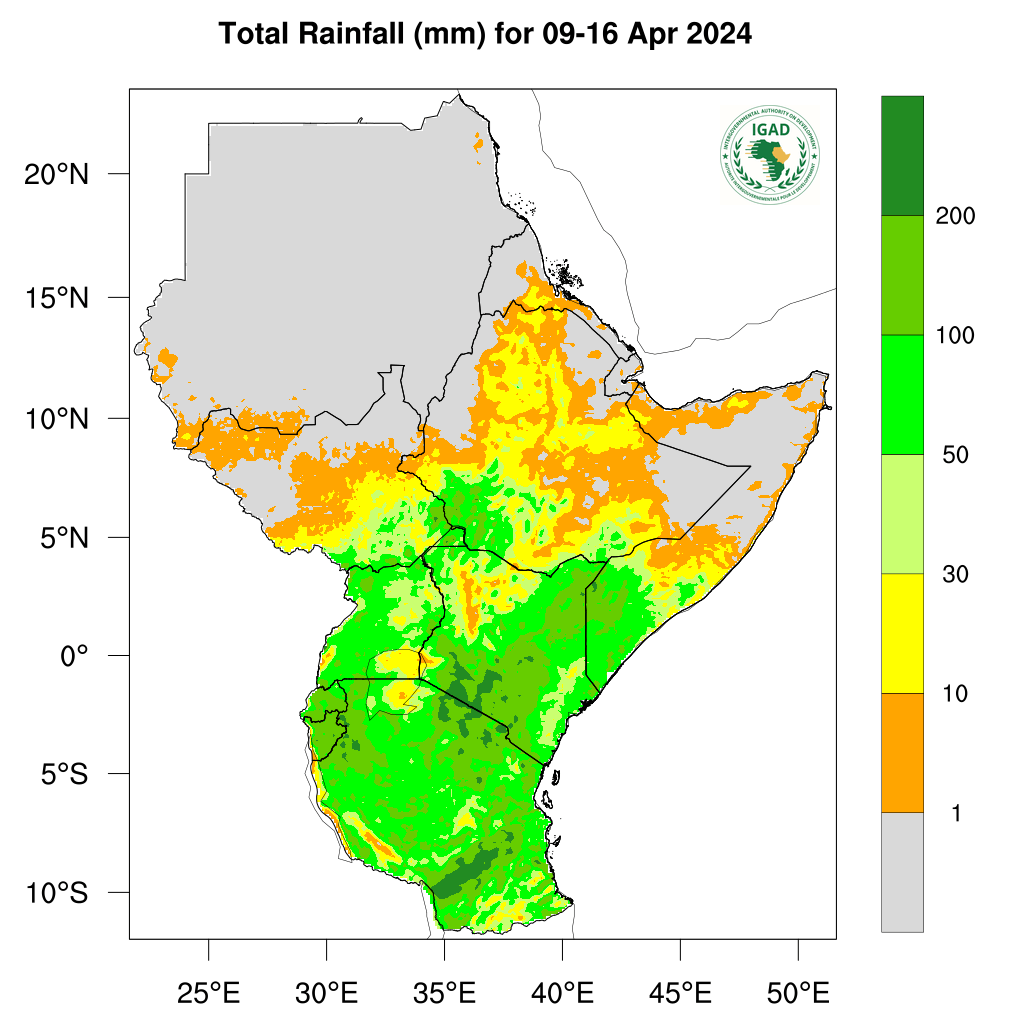Climate Patterns in Kenya, Uganda & Rwanda
Overview of East Africa’s Climate
East Africa’s climate is influenced by its diverse topography and geographical location, resulting in varied weather patterns across the region. The equatorial position of countries like Kenya, Uganda, and Rwanda contributes to distinct wet and dry seasons, which are crucial for agriculture and tourism planning.
Seasonal Weather Patterns
1. Long Rains (March to May):
- Kenya:
- Forecast: Near to above-average rainfall is expected across most parts of the country, with the peak in April.
- Implications: Enhanced rainfall may lead to occasional storms and potential flooding in low-lying areas.Kenya Meteorological Department
- Uganda and Rwanda:
- Forecast: Below-average rainfall is anticipated, particularly in southern and western regions.
- Implications: Drier conditions could affect agricultural activities and water availability.ICPAC
2. Dry Season (June to September):
- General Trend: Both Kenya and Uganda are expected to experience drier-than-normal conditions, with below-average rainfall.
- Temperature Outlook: Warmer-than-average temperatures are projected across the region, especially in Sudan, Ethiopia, Eritrea, Djibouti, northern Somalia, and northern Kenya.
3. Short Rains (October to December):
- Forecast: An increase in rainfall is expected, particularly in Kenya, Uganda, and Rwanda.
- Implications: The onset of rains may be delayed, affecting planting seasons and water resource management.ICPAC
Travel Planning Considerations
- Safari Planning: The dry seasons (June to September) are ideal for wildlife viewing, as animals congregate around sparse water sources, making them easier to spot.
- Trekking Expeditions: For activities like gorilla trekking in Uganda and Rwanda, the dry months offer better trekking conditions.
- Cultural Festivals: Many cultural events and festivals occur during the dry seasons, providing rich cultural experiences.
Health and Safety Tips
- Malaria Prophylaxis: Regardless of the season, it’s advisable to take malaria precautions, as mosquitoes are prevalent year-round.Kenya Meteorological Department
- Hydration and Sun Protection: During warmer months, ensure adequate hydration and use sun protection measures.
- Travel Insurance: Opt for comprehensive travel insurance that covers weather-related disruptions.
Frequently Asked Questions
When is the best time to visit East Africa for a safari?
The dry seasons, particularly June to September, are optimal for safaris due to easier wildlife spotting and accessible roads.
How does the rainy season affect travel plans?
Heavy rains can lead to road closures, especially in rural areas, and may hinder wildlife movement.
Are there any travel advisories for East Africa in 2025?
It’s recommended to check with official government travel advisories and consult local authorities for the latest information.
What health precautions should travelers take during the rainy season?
Beyond malaria prophylaxis, be cautious of waterborne diseases and ensure access to clean drinking water.
How accurate are the weather forecasts for East Africa?
While forecasts provide general trends, local weather can be unpredictable. It’s advisable to stay updated with local weather reports.
Note: Weather patterns can vary annually, and it’s essential to stay informed through official meteorological sources as your travel dates approach.
Quick-Glance Table
| Question | Essentials for Dry Season |
|---|---|
| When is it dry season? | June–October globally; December–February also dry in Uganda/Rwanda |
| What to wear? | Light clothes in neutral tones, long sleeves/trousers, warm layers at night |
| Footwear? | Lightweight trail shoes, hiking boots, sandals or flip‑flops |
| Sun protection? | Hat, sunglasses, sunscreen, lip balm |
| Gear? | Binoculars, camera, power bank, headlamp |
| Health? | Insect repellent, first-aid/med kit |
| Bag type? | Soft duffel, daypack, packing cubes, no plastic |
| Other tips? | Layer clothing, reuse laundry, avoid bright/dark colors that attract insects |
Internal Resources:
- Kenya Meteorological Department
- ICPAC Seasonal Forecasts
- Uganda Wildlife Authority
- Rwanda Development Board – Tourism
External Resources:
